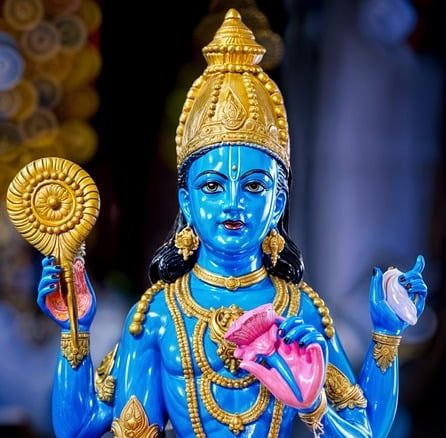Nirjala Ekadashi is one of the most challenging fasting rituals that falls in the hot summer month of Jyeshtha. Devotees observe it without consuming food or water. Yes, that’s right – not even a drop of water! The word “Nirjala” itself means “without water.” It’s considered one of the most powerful Ekadashis in the Hindu calendar, offering immense spiritual rewards for those who take up the challenge.
Nirjala Ekadashi Significance
While all Ekadashis are important, Nirjala Ekadashi is unique because it gives the benefits of observing all 24 Ekadashis in a year. If someone can’t keep up with every Ekadashi fast, this one fast is said to compensate for the rest. Observing Nirjala Ekadashi is believed to purify the soul, remove past sins, and grant the observer a place in Vaikuntha, Lord Vishnu’s divine abode.
The Story Behind Nirjala Ekadashi
According to legend, Bhim, the powerful warrior from the Mahabharata, found it impossible to follow the Ekadashi fasts due to his huge appetite. Looking for a solution, he approached sage Vyasa, who recommended the Nirjala Ekadashi.
Bhima took on this fast, despite its difficulty, and gained the same spiritual benefits as those who had observed all the Ekadashis. Hence, Nirjala Ekadashi is also known as Bhimseni Ekadashi.
In fact, legend has it that King Yudhisthir was struggling with a period of misfortune and sought guidance from Lord Krishna. Krishna advised him to observe Nirjala Ekadashi with supreme devotion. Through this strict fast, Yudhisthir found renewed strength and ultimately emerged victorious.
Nirjala Ekadashi Vrat & Puja Rituals
- Begin the day by bathing early in the morning and offering prayers to Lord Vishnu.
- Keep the fast for 24 hours without eating or drinking.
- Visit a Vishnu temple if possible and chant Vishnu mantras or recite Vishnu Sahasranama.
- In the evening, perform aarti and donate food, clothes, or money to the needy.
Benefits of Observing Nirjala Ekadashi
- Removes past sins and negative karma
- Helps attain spiritual growth and inner peace
- Purifies the body and mind
- Brings prosperity and success
- Bestows Lord Vishnu’s blessings
- Ensures a place in Vaikuntha after death
- Fasting can enhance focus and concentration.
Besides, abstaining from food and water can give your digestive system a much-needed break.
So, observe Nirjala Ekadashi fasting and enhance your focus and willpower.
Feature Image Credit: Image by Satyam Baranwal from Pixabay. (free for commercial use)
